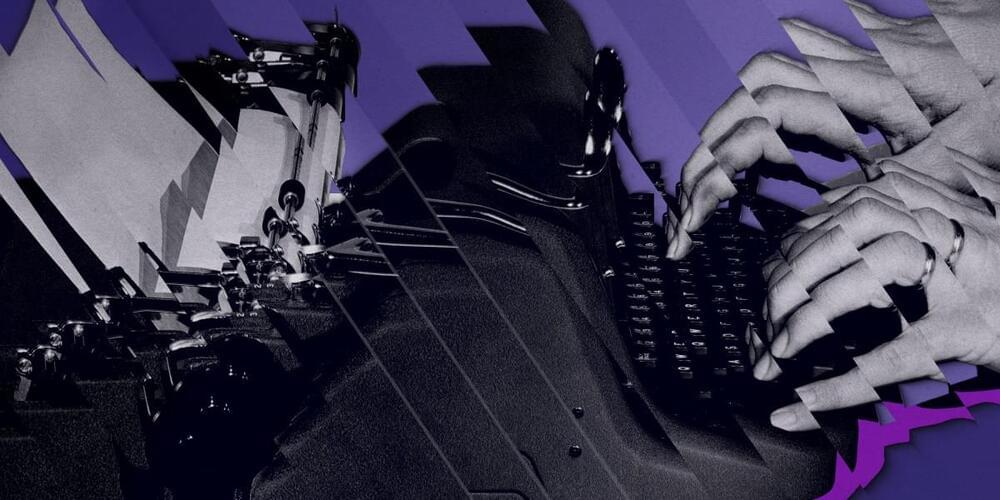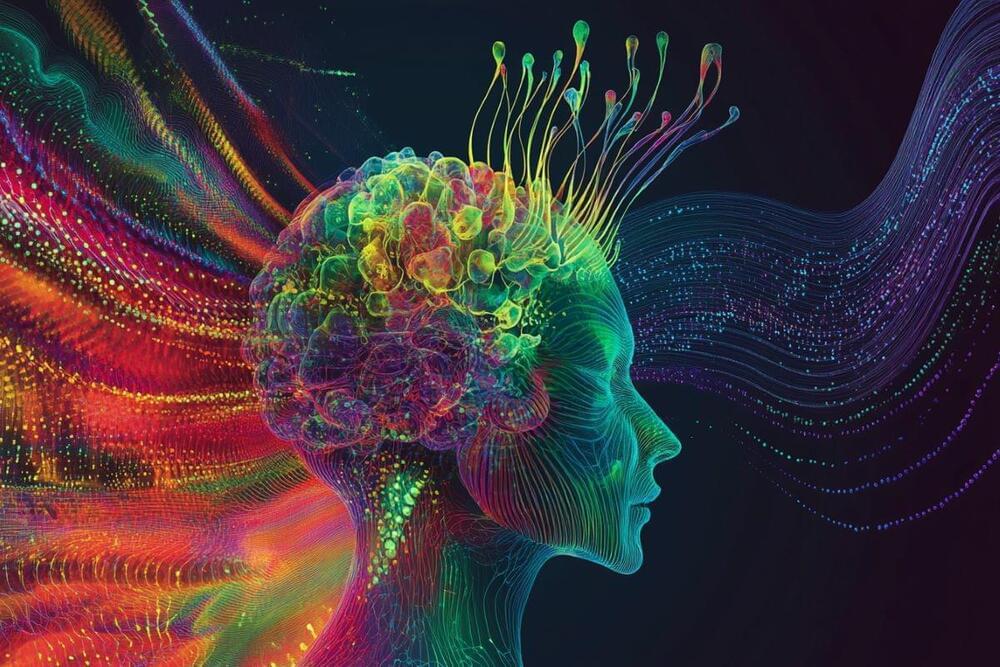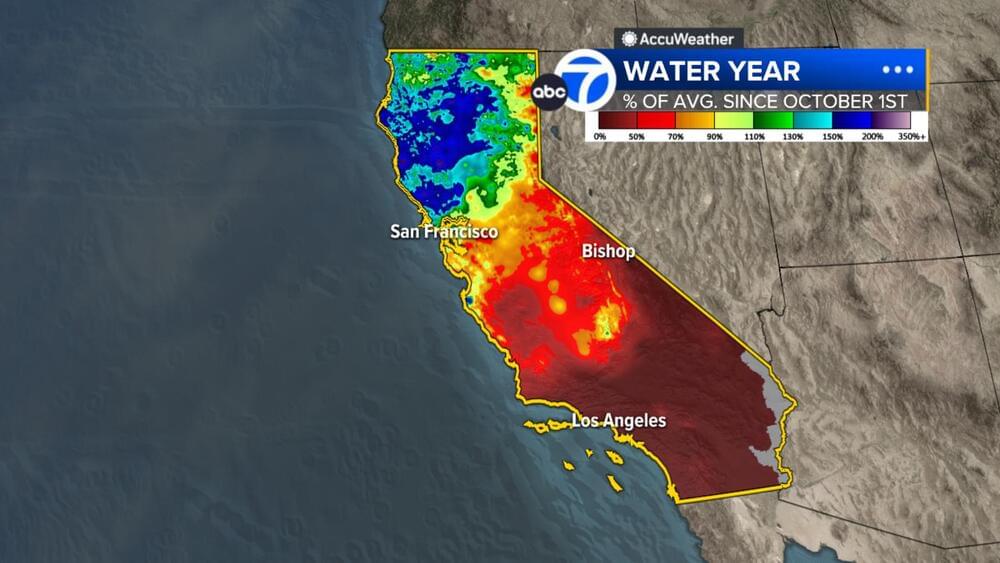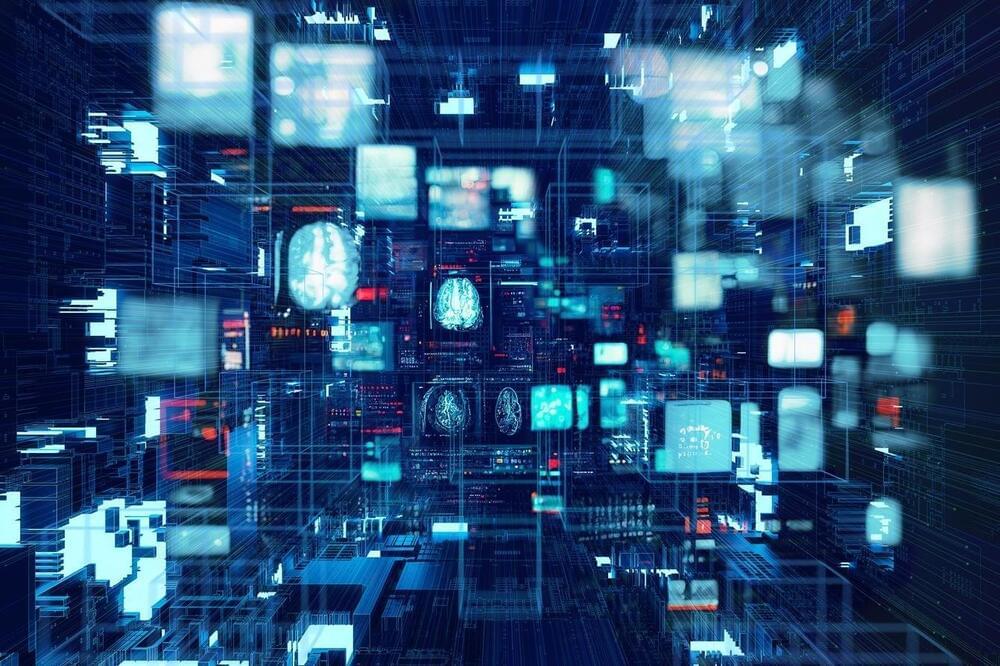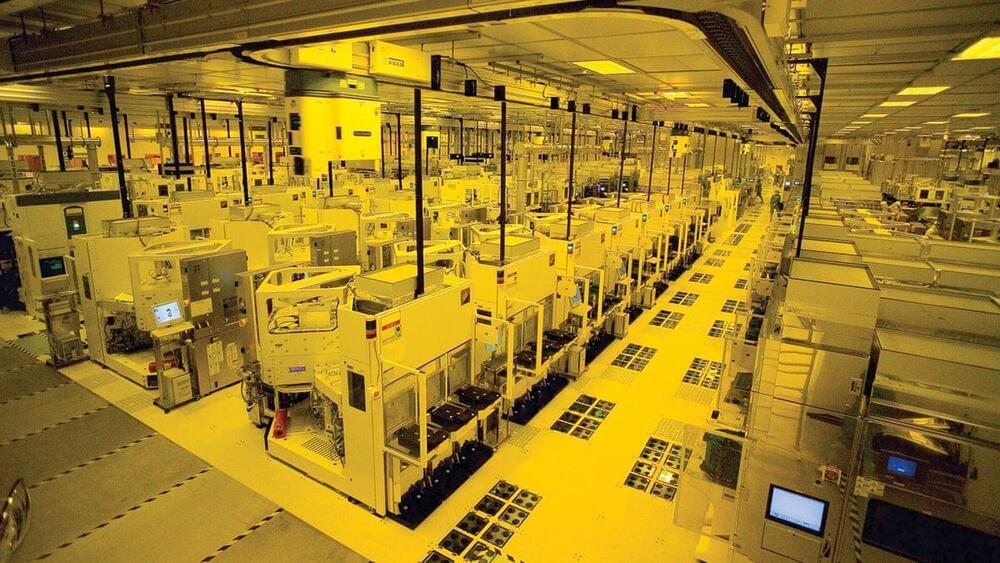Latest posts
Jan 12, 2025
Self-driving AI glasses give blind freedom without canes or guide dogs
Posted by Raphael Ramos in categories: robotics/AI, transportation
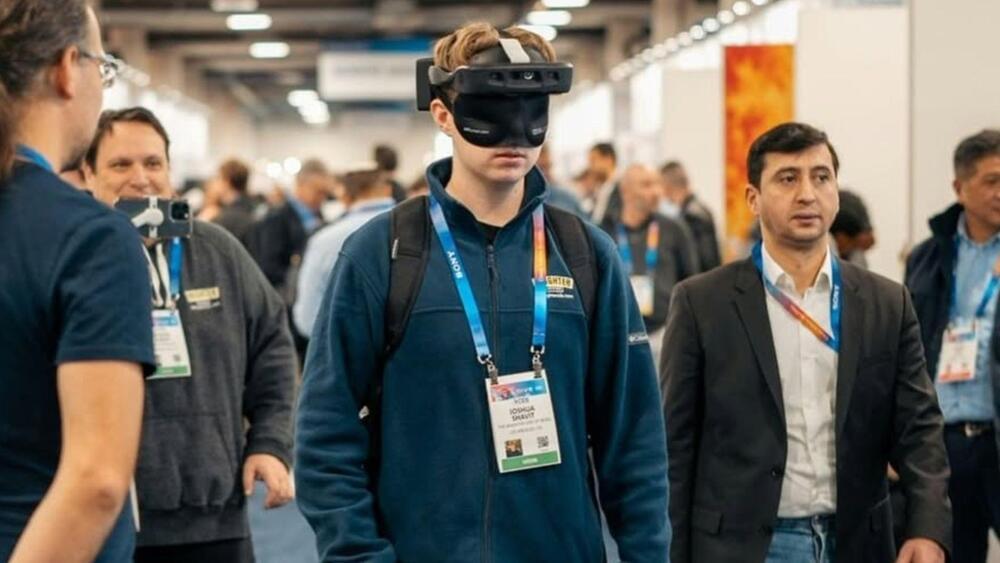
Romanian startup.lumen is transforming mobility for the visually impaired with innovative glasses that combine self-driving technology and haptic guidance to replicate the essential functions of a guide dog.
Jan 12, 2025
Anthropic’s chief scientist on 5 ways agents will be even better in 2025
Posted by Genevieve Klien in category: robotics/AI
Jan 12, 2025
New Neuron Types Discovered in Brainstem’s Sound Processing Center
Posted by Genevieve Klien in categories: biotech/medical, neuroscience
Summary: Researchers have identified and mapped diverse cell types in the cochlear nucleus, the brainstem region responsible for processing sound. Using advanced molecular techniques, they uncovered distinct and newly identified cell types that process specific sound features, such as sharp noises or pitch changes.
These findings challenge existing ideas about hearing and pave the way for targeted treatments for auditory disorders. By creating a cellular and molecular atlas, scientists can now develop more precise therapies for conditions like hearing loss, advancing the field of personalized auditory medicine.
Jan 12, 2025
Here’s how much rain we’ve seen so far this winter across Bay Area, CA
Posted by Shubham Ghosh Roy in category: futurism
SAN FRANCISCO (KGO) — We are anticipating a dry week ahead (not uncommon to have 1 or 2 weeks of dry weather before storms return) and we are nearly halfway through the rainy season.
Across the state, Northern California has seen flooding rains while Southern California has barely seen a drop of rain this winter.
We are doing quite well across much of the Bay Area. Majority of cities are above average/close to when it comes to rainfall. However, the South Bay is running significantly below average. This is due to the storm track favoring the North Bay (think flooding rains from weeks past).
Jan 12, 2025
Cosmic Titans on a Collision Course: Two Monster Black Holes Poised to Shake Space-Time Itself
Posted by Shubham Ghosh Roy in category: cosmology
Astronomers have identified two supermassive black holes, collectively known as PKS 2131-021, that are on the brink of a catastrophic collision. Located about 9 billion light-years from Earth, these black holes have been spiraling toward each other for 100 million years and now orbit one another every two years. The discovery, published in The Astrophysical Journal Letters, reveals a fascinating binary system that could help scientists understand how black holes form and merge.
PKS 2131-021 is a type of black hole known as a blazar, characterized by jets of supercharged plasma directed at Earth. These jets, which originate from the hot gas swirling around the black hole, travel at nearly the speed of light. When researchers observed the brightness of about 1,800 blazars across the universe, PKS 2131-021 stood out due to its regular fluctuations, akin to the ticking of a clock. This periodic dimming and brightening is believed to result from the gravitational influence of a second black hole in orbit.
To confirm this, scientists analyzed 45 years of data from five observatories. The findings matched predictions, confirming that the brightness variations were caused by a binary black hole system.
Jan 12, 2025
This is the most detailed map yet of our place in the universe
Posted by Shubham Ghosh Roy in category: space
Jan 11, 2025
Researchers open source Sky-T1, a ‘reasoning’ AI model that can be trained for less than $450
Posted by Dan Kummer in category: robotics/AI
Researchers at UC Berkeley have open sourced Sky-T1, a ‘reasoning’ AI model that can be trained for less than $450.
Jan 11, 2025
Innovation, Automation, And The Cybersecurity Challenges Ahead
Posted by Genevieve Klien in categories: cybercrime/malcode, robotics/AI
The rapid evolution of artificial intelligence is transforming cybersecurity, offering unprecedented opportunities to defend against increasingly complex and automated threats. AI is no longer a support tool—it’s emerging as a central pillar of modern security strategies. From detecting anomalies and automating threat responses to augmenting security teams, AI is enabling defenders to act faster, scale their operations, and outpace attackers. However, as the technology advances, significant challenges remain, from adversarial AI to the cultural inertia of legacy systems.
Tomer Weingarten, CEO of SentinelOne, and Richard Stiennon, research analyst with IT-Harvest and author of Security Yearbook 2024, both highlight the potential—and limitations—of AI in cybersecurity. “It’s very early days for AI in security,” says Stiennon. “I have found 84 startups with various AI agents or which hope to deploy guardrails to protect companies from mishandling of data by users of AI. It’s way too early to say that any of them are having an impact on the ecosystem. That said, the future is clear. AI will be part of every cyber defense position.”
Weingarten echoes this sentiment, noting that AI’s role is rapidly expanding but far from mature. “AI is no longer just about supporting cybersecurity—it’s fundamentally changing how we secure systems, anticipate threats, and automate responses,” he explains.

